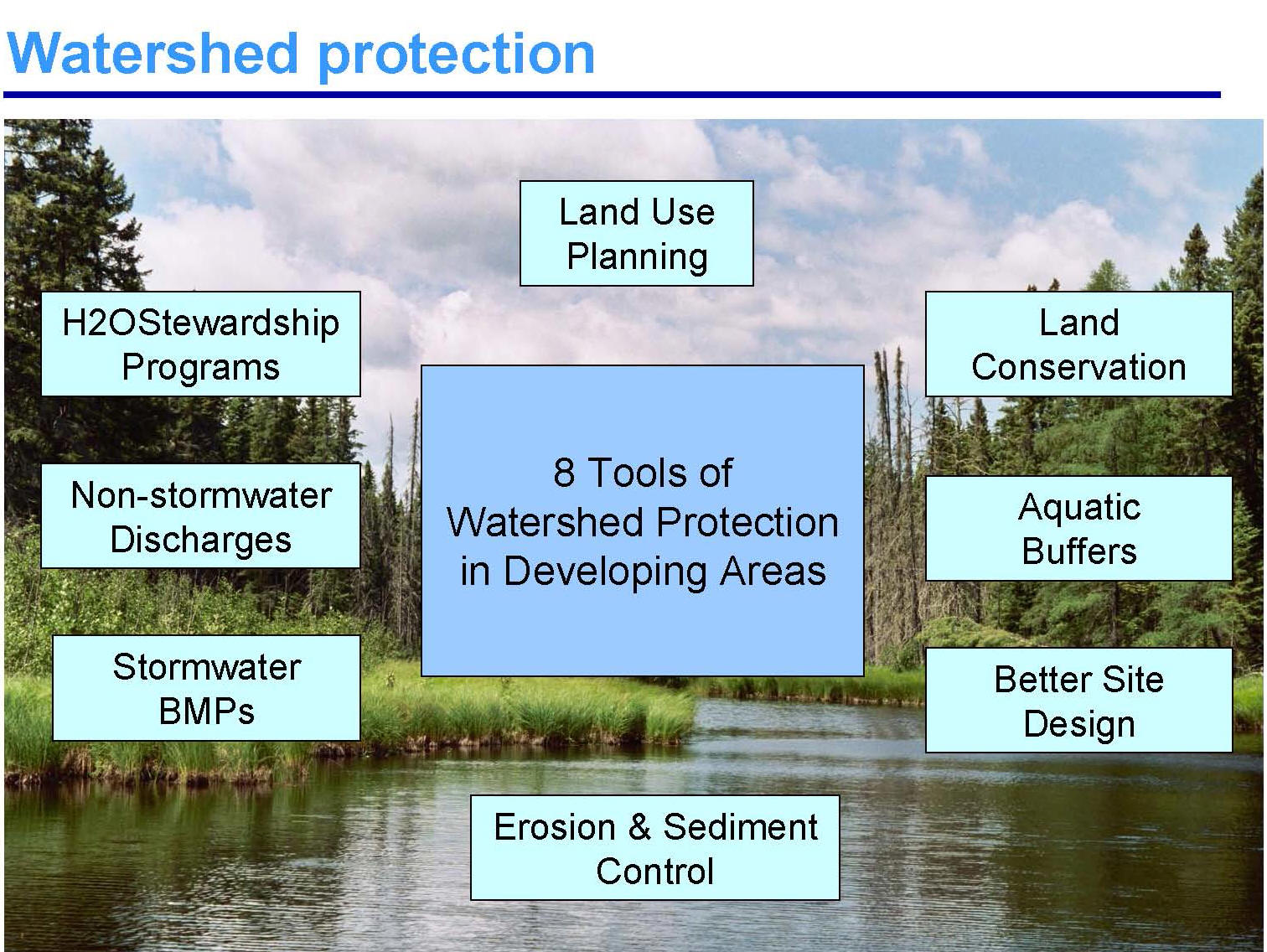BCWWA Water Sustainability Committee contributes to success of Capilano University’s student-organized Sustainability Forum

Context
In November 2009, a group of concerned students organized and hosted Capilano University’s Sustainability Forum on campus. This 3-day celebration concluded with a 3-person panel presentaton on water sustainability.
Raymond Fung and Fiona Crofton represented the Water Sustainability Committee of the BC Water & Waste Association. They were joined by Kirsten Harma, a graduate student in the Institute for Resources, Environment and Sustainability at the University of British Columbia.
“Our goal is to engage students on the key environmental issues that we’re all facing today and offer students opportunities to participate further on initiatives and campaigns taking place in and around their communities,” reports Matthew Bakker, one of the student organizers.
“To this end we asked local groups if they would like to come speak at our event. We contacted Water Bucket to ask if the Water Sustainability Committee would speak to the relevance of water issues in the daily lives of British Columbians.”
Approach
“As we were determining what we might talk about, a complex map of rich interwoven topics was generated,” reports Fiona Crofton.
“In review, it was clearly more than we could deliver in the time available and I wondered. There’s lots of grist for the mind; a bit of ‘dirt’ for the hands, but where was the heart? The passion? How could we engage this audience in ways that would awaken and strengthen water-care understanding and action?”
To start the session Fiona invited the attendees to take a minute to bring their attention to water and reflect on what water means to them.
“What is your favorite form or body or water or place by water? How important is it to you? What would you do to protect it? What are your concerns? What do you need or want to know?”
Following time for personal reflection, Fiona invited participants to share their explorations with a couple of people around them. “Change begins with one person, and then a few more gather together and eventually that pool grows even larger.”
After a few minutes of neighbours sharing, participants were asked to report back on their reflections and on the one key word that captured that which was most important to them. Like water, among the individual ‘drops’ there was a joining and an emerging pool rippling with evident concern, love and passion for water. A beginning. . .
The substantive outcome of the engagement was another map of topics and questions that helped guide the presentations. Fiona opened the presentations with ‘foundations’ providing context (economic, social and environmental) and a review/overview of the hydrologic cycle; activities and impacts in the watershed; water issues (resources, supply, quality, pollutants); uses (in stream and withdrawal); types of water (blue, green, grey); and the watergy nexus.
Following what she calls ‘the ‘basics’, Fiona introduced 8 tools for watershed protection with particular attention to management and design:
Examples of strategies at both community and building scales highlighted opportunities and their interlinked benefits (eg. capture, cleaning and returning water, optimizing passive heating/cooling and air quality; and reducing food miles and greenhouse gas emissions).
In concluding her part of the team presentation, Fiona stated “Every drop counts” and challenged participants to “Get creative.. . Be Bold. . .” and determine “What would you do if you knew you could not fail?”
“We asked the students what concerns they had about water, and what they wanted to get out of the day’s forum discussion,” continues Kirsten Harma. “The list of their interests we wrote down on the chalkboard was even longer than the list Fiona and Ray and I brainstormed while putting together the talk!”
“It was great to see the students were so interested in the subject matter, and with concerns ranging from ‘what can we do? to ‘how can we switch to a culture of conservation?’ I could tell they were already engaged in trying to answer these questions themselves and the water and sustainablility theme wasn’t just one they were thinking about that day.”
Kirsten Harma talked to the students about non-point source pollution and threats to BC streams and rivers, noting that since many of them hope to work in the recreation sector, the quality of natural systems here will be important in their future work.
Ray Fung brought some of these larger issues closer to home and told the students about what the municipality of West Vancouver is doing to encourage reduction of water use, and the capture and use of rainwater in cities.
About Capilano University’s Sustainability Forum
Vision
“We believe that a truly responsible society can only function if the state of the earth is of the utmost consideration. Through personal exploration and edification of our natural surroundings, all peoples potential to be steward of the earth can be achieved. By establishing a strong connection within our community, a realization will manifest that the responsibility for a sustainable society and earth is, individually and collectively, our own.”
Mission
“Our group is committed to creating an opportunity for students of Capilano University to attend and actively participate in a sustainbility forum. The forum will be designed to engage students with issues and initiatives which hold relevance to their daily lives, as well as to offer avenues to pursue presented topics after the completion of the forum.”


